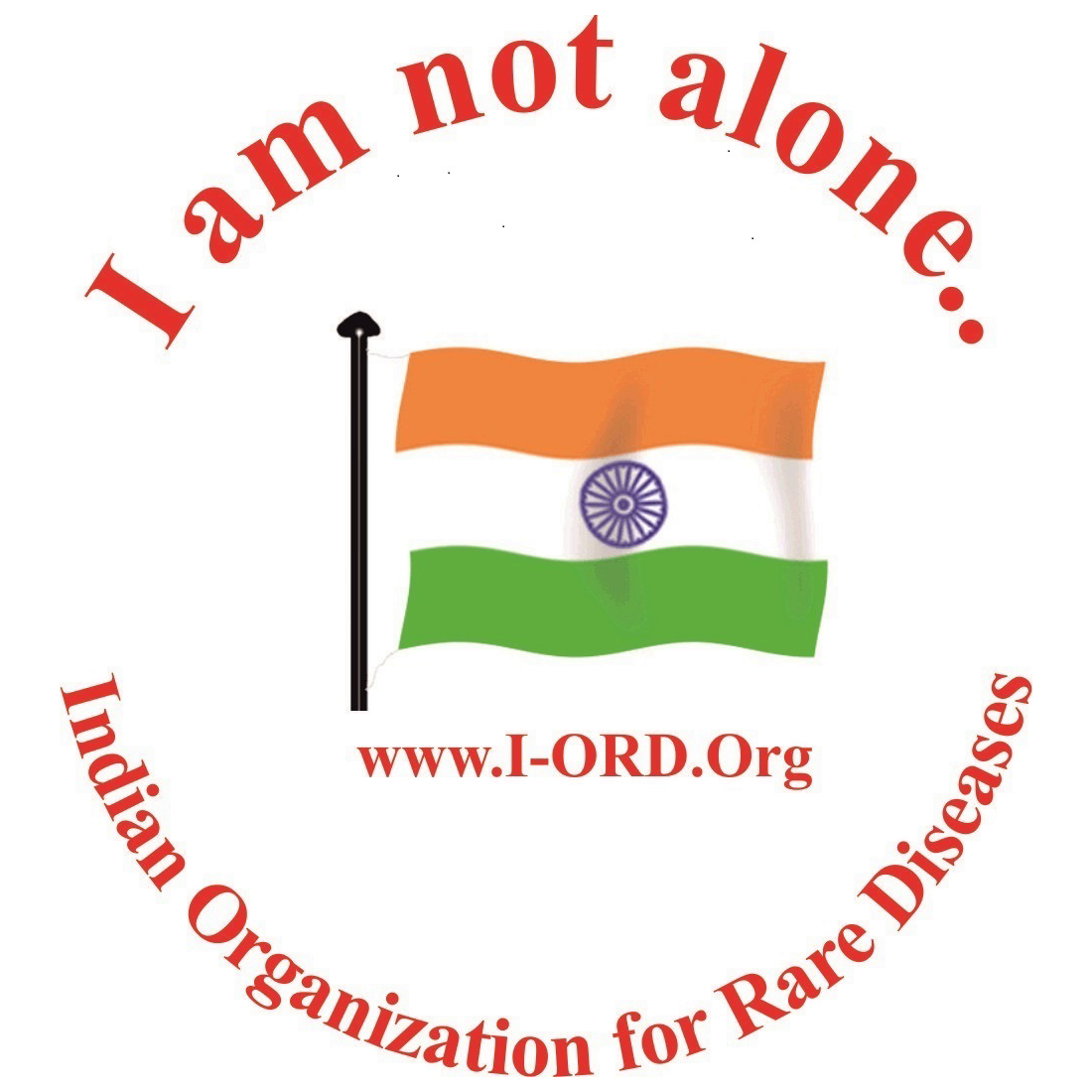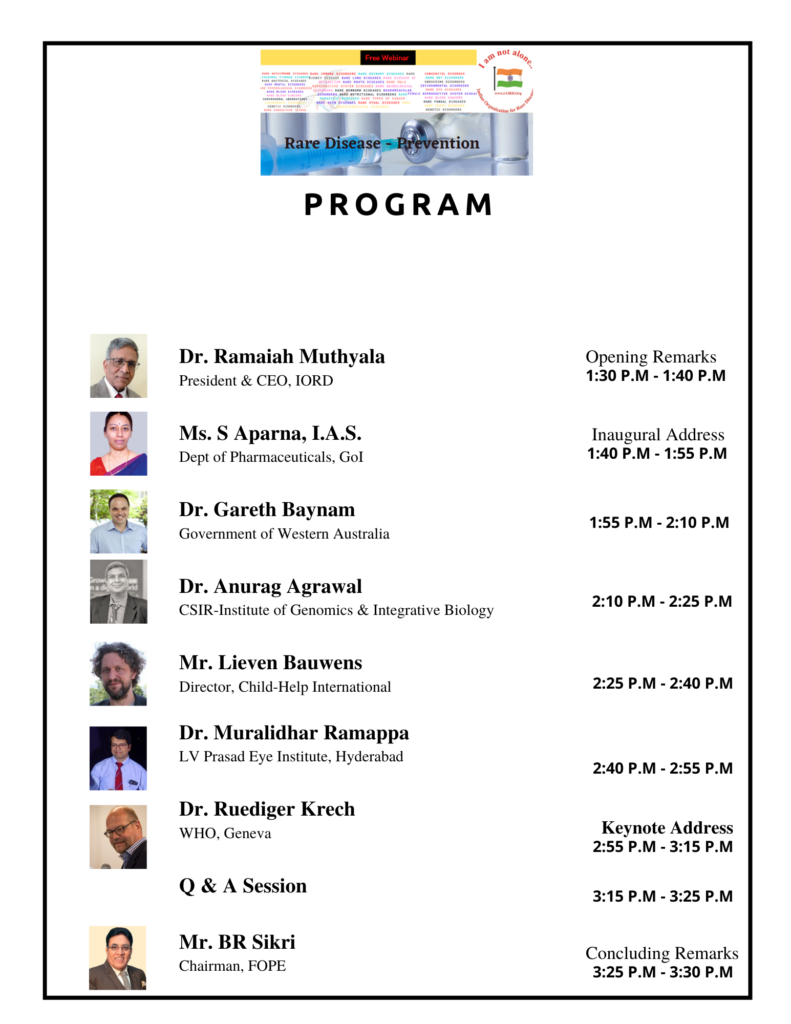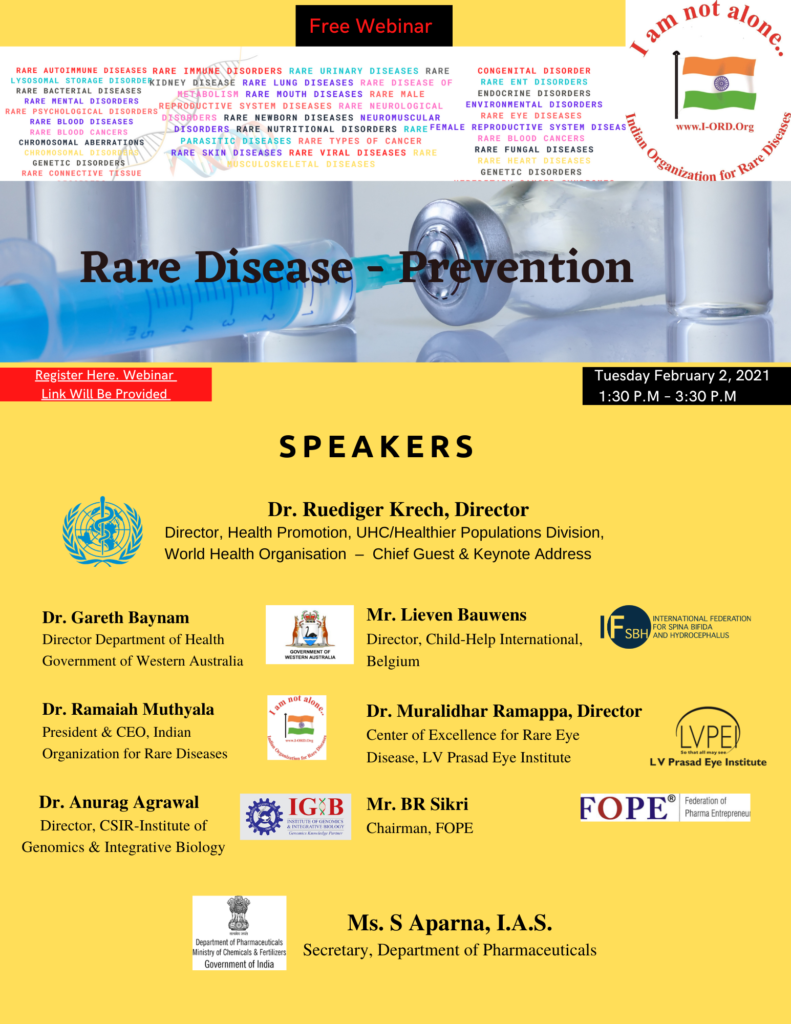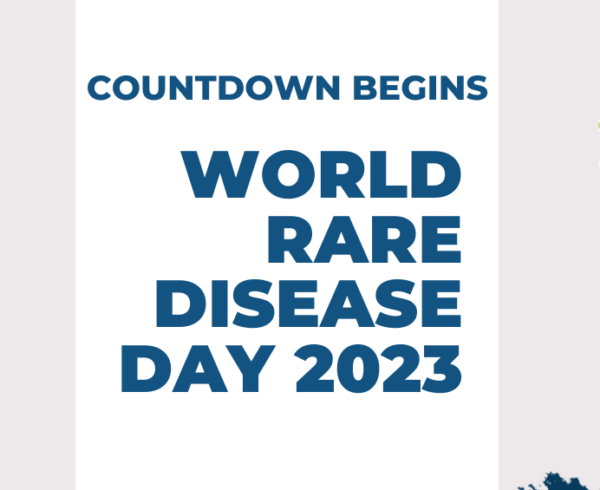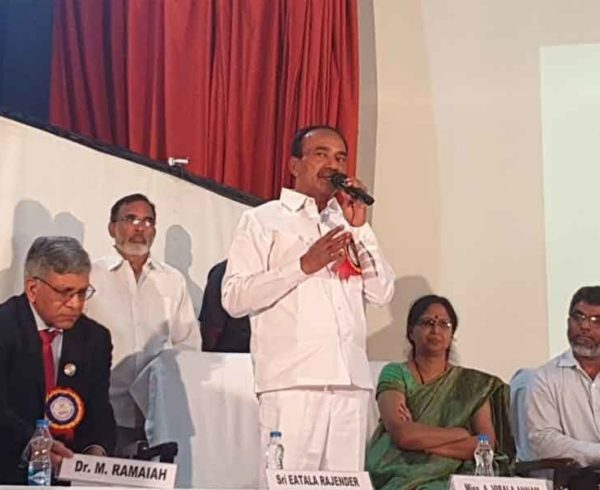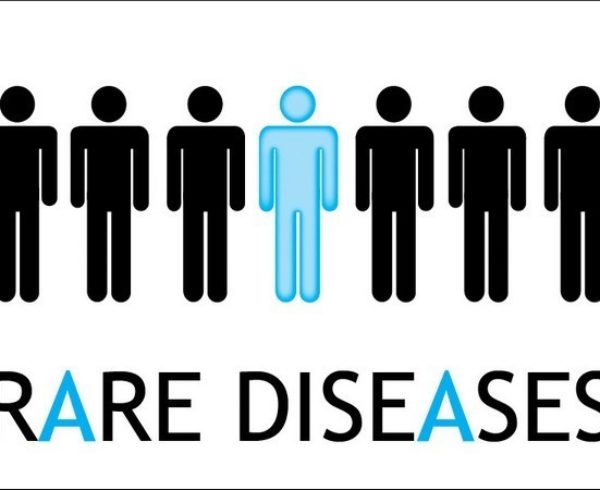The Indian Organization for Rare Diseases (IORD) – a not-for-profit umbrella organisation – hosted a webinar on ‘Rare Diseases: Prevention’ with top global speakers on February 2, 2021.
The topic assumes significance, as the estimated rare diseases population in India is about 90 million. Irrespective of what definition we use for rare diseases, more than half of the known rare diseases affect fewer than 50,000 people in any country. Almost all drugs for rare diseases are so expensive that a country such as India with a healthcare budget of 1.75% GDP for 1.3 billion people cannot afford to provide healthcare services to all.
Indian Organisation for Rare Diseases (IORD) has been striving with various advocacy measures to press for equal rights to rare disease patients on par with what is available to the general population suffering from common ailments. Without a fully functional rare disease registry, one cannot arrive at an exact figure on the rare disease population. Unfortunately, seriousness is lacking for its implementation.
India exports 25% of drugs to the world market. Yet, none of the orphan drugs is made available to Indian rare diseases patients. Most discoveries of drugs for rare diseases occur outside India by multinational pharma companies. New drugs, new technologies such as CRISPR, gene, stem cell therapy etc are being pursued successfully in every country. It would take a long time, while they make these technologies available to masses, and the cost is reduced to increase affordability.
Meanwhile, a parallel effort should be made for the prevention of rare diseases. One might pessimistically argue that the rare diseases are genetic, therefore, cannot be preventable. However, over 3000 rare disease conditions are monogenic disorders and are preventable — one example being blood disorders such as haemophilia, thalassaemia, sickle cell disease, etc.
India has made significant progress in preventing sickle cell disease in the state of Gujarat. Every country is battling against rare diseases – from rich or poor with no exception; Rare Diseases are global. Human migration is unavoidable. There must be a unified effort by all nations to address the problem. History proved, time and time, that prevention, and sometimes, eradication is possible with global cooperation and collaboration.
Prevention is better than cure. A stitch in time saves the nine. It has to begin soon now. It is the hope that this webinar would bring out the strategies, opportunities and global collaboration in preventing or slowing down the spread of rare diseases. We should not wait for another pandemic to solve an age-old common problem that affects over 300 million people worldwide suffering from rare diseases.
Dr. Ramaiah Muthyala, President & CEO, Indian Organization for Rare Diseases
Dr. Ramaiah Muthyala, President & CEO, Indian Organization for Rare Diseases, delivered the webinar’s overview with a brief introduction of the panel of experts. He stressed the need for equal rights to rare diseases patients on par with what is available to the people suffering from common ailments.
Dr. Muthyala mentioned that significant inequities exist in the social and economic conditions for people living with a rare disease (PLWRD) and suggested to make changes in the systems, policies and process to protect, maintain and improve the quality of their life.
As orphan drugs are expensive, he stressed both governments and individuals to consider health as an investment instead, not an expense. Orphan drug development for all Rare Diseases takes centuries. Other treatment options, alternative approaches such as prevention, should be given equal priority. As an example, he suggested prevention strategy such as Gujarat Sickle-cell program, finding families with known genetic disorders, early counselling, prenatal diagnosis, incentives to practise preventive methods.
Terming rare diseases as a global issue, Dr. Muthyala asked for global cooperation and collaboration in this regard. He also suggested that rare diseases should follow the “one health” concept. India should include rare diseases in the Universal Health Coverage, an obligation as India is a UN signatory state.
In this context, IORD addressed the need for the list of essential medicines for rare diseases and the inclusion of orphan drugs in schemes such as product linked incentives, special provisions in the clinical trials and seeks the collaboration of CDSCO, Indian pharma organizations and patient organizations. Dr. Muthyala proposed unified programs for prevention and should be promoted globally.
Ms. S Aparna, Secretary Department of Pharmaceuticals
In her inaugural address, Ms. S Aparna, Secretary Department of Pharmaceuticals, mentioned that the rare diseases are not popular, not well understood not well addressed in India.
Seminars, webinars such as these organized by IORD provide human services and ensure unheard voices to be heard by practitioners, policymakers and industry. She reminded the audience that the National Health Policy for rare diseases 2019 put forth by MoH&FW is now in the public domain for comments. Due to the small population, rare diseases get minuscule attention.
Mrs. Aparna’s experience, who has worked with Sickle cell tribal population in Gujarat, infers that the Govt has taken huge effort not only therapeutic interventions, preventive measures but also behavioral change by allowing marriages to occur in the sickle cell populated communities only after genetic evaluation. She supports such preventive measures elsewhere as well.
Some of the Inherent problems with rare diseases are the lack of knowledge of the diseases that limit the conducting research. Accessing the medicines is also a problem, as effective and safe medicines are not available in India even after diagnosis. Diagnosis is often difficult, time-consuming due to lack of diagnostic centers. In the scheme of many issues, prevention becomes much more critical.
She points out Indian drug regulators and drug manufacturers are paying attention to orphan drugs. Amendment of Drugs and Cosmetic Act of 2019 made specific provisions to orphan drugs to qualify for the exemption of fee for conducting clinical trials. Also, the medical doctors and hospitals can import a new drug that has not been approved in the country but elsewhere.
Under the Price Control Act, the orphan drugs can be brought into the country without excessive regulations allowing innovative treatments for the small populations. To encourage the industry to discover and manufacture orphan drugs, the government announced orphan drugs in production linked incentives.
Through these provisions, national and international collaborations expected to promote innovations for new products. In a larger picture, the government would be doing all it can do, not only accessibility but also affordability to patients. She assured; the Department of Pharmaceuticals will continue to support patient organization such as IORD so that the patients are not neglected.
Mrs. Aparna assured to bring today’s august gathering to the attention of her Department of pharmaceuticals and other departments, such as Department for promotion of industry & internal Trade, Indian Council of Medical Research, Department of Revenue and the Ministry of Health & Family Welfare.
All can help IORD and other organizations and other professional bodies identify the database of rare diseases to be used for diagnosis and clinical trials that require immediate attention. Madam Aparna’s assurances are consistent with increase healthcare budget announcement for 2021-22.
Dr. Gareth Baynam, Director, Department of Western Australia
Dr. Gareth Baynam, Director, Department of Western Australia, expressed that Rare diseases present a massive opportunity for savings, efficiency and transformation of health and social services. Some of these opportunities can be illustrated under the four pillars of prevention, as illustrated below:
Primary (pre-disease) prevention:
For example, food fortification, such as folic acid supplementation and other maternal health interventions, preconception carrier screening.
Secondary (pre-symptomatic) prevention:
Prenatal diagnosis and newborn screening would lead to early therapies, avoidance of inappropriate drug treatments, surgeries, or a transplant, reduced financial burden, and increased quality of life.
Tertiary (reducing or preventing complications):
Early and accurate diagnosis is portal to best medical care and management – allied health, drug therapies, devices, pediatric surgery, coordinated, integrated and culturally appropriate care.
Quaternary prevention (Protecting individuals):
False-positive genomics can harm individuals and their families and affect preventable health system costs. The chance of false attribution is more significant in populations with a lack of genetic reference data such as in India. Quaternary prevention is very significant but sometimes overlooked.
Further, Dr. Baynam suggested
a) Congenital anomalies are a large class of rare diseases. They can be incorporated in the National Health Mission, Rashtriya Bal Swasthya Karyakram (RBSK) program.
b) Health System coding for rare diseases (Orphacodes) – similar to initiatives in the European Union and Australia, RD-Code will enable health services and comprehensive monitoring and impact assessments.
c) Capitalise the convergence of people, technology in the Indian rare disease’s domain.
d) Timely address (through prevention) the relative increase in Indian rare diseases burden, so that it does not increase to the levels as in higher-income countries,
e) Opportunities exist to reduce the burden of all pediatric hospital inpatient expenditure.
Dr. Baynam believes there has been considerable progress and leadership in India to generate genomic reference data and its implementation for clinical care enables early and accurate diagnosis.
Dr. Anurag Agrawal, director, CSIR – IGIB
Dr. Anurag Agrawal, director, CSIR – IGIB believes the Indian subcontinent has the highest human genetic diversity globally after Africa.
He pointed out that there is a lack of awareness of genetic diseases, lack of a system to aid clinicians, and lack of understanding of the natural history among clinicians/scientists. Dr. Agrawal suggests creating community-based clinics to follow certain familial diseases common in that communities would prevent the spread of diseases.
He points out that endogamous marriage practices have led to a very high identity between prospective parents within sub-communities. Understanding the spectrum of deleterious genetic mutations, identifying communities at risk, and setting up screening programs for preventive measures is critical. With bioinformatics, can work with thousands of genomes to develop strategies for tackling different diseases.
Dr. Agrawal’s research highlights the little-known spectrum of diverse types of Spino-cerebellar ataxia. Understanding the genetic diversity in Asia through whole-genome sequencing with national and international collaborations, established “IndiGen”, a program for tracking baseline genomic alleles frequency.
It enables the development of technologies to prevent rare diseases. The outcome of this information would aid healthcare and applicable to biomedical applications, CSIR-IGIB institute developed a mobile-based whole-genome reporting system “Gene card” which dramatically helps track diseases.
Dr. Agrawal proposes that the Next-Generation Sequencing based discoveries integrated into diagnostic testing. These discoveries are made possible by the CSIR IGIB, GuARDIAN and GOMED programs pioneered at CSIR Institute of Genomics and Integrative Biology (IGIB), Delhi, and CSIR Center for Cellular and Molecular Biology, Hyderabad.
Lieven Bauwans, Child-Help Foundation
Mr. Lieven Bauwans, Child-Help Foundation, aims to improve persons’ quality of life with spina bifida and hydrocephalus and prevent further disabilities. Spina bifida and hydrocephalus are part of a broader class of congenital disabilities called Neural Tube Defects (NTDs).
NTDs are the most common congenital disabilities affecting about 320,000 pregnancies worldwide each year, and an estimated 100,000 in India alone. Some NTDs are not compatible with life due to severe body malformation, but most patients with NTD look normal.
However, they require close lifelong and multidisciplinary follow-up, often not available and very expensive when available. It needs lifelong treatment. Usually, these birth defects occur where socioeconomic status, nutritional deficiencies are compromised.
In 2010, WHO passed a resolution, Newborn Birth Defect Surveillance program to prevent, create new screening technologies, and provide support and care for children with birth defects. Mr. Lieven strongly believes that Neural Tube Defects are tied to folic acid and other nutritional deficiency based on numerous national and international studies. Folate content in RBC is a biomarker for NTDs.
Studies showed that fortification of cereal grains with folic acid reduces the incidence of NTDs by around 50%, almost immediately after implementation. It is the low hanging fruit of rare diseases prevention. This has been the policy in over 80 countries in the world. Unfortunately, India’s Food Standards Agency only allows for moderate amounts of folic acid to be added to staple foods.
Mr. Bauwens suggests that India’s government takes immediate action to prevent birth defects by fortifying foods. Prevention reduces the burden on families. Prevention is better than cure.
Dr. Reudiger Krech, Director, Health promotions, WHO
Dr. Reudiger Krech, Director, Health promotions, WHO, delivered the keynote address. His presentation centered on increasing the attention to rare diseases on three frontiers – pooling, cooperation, and innovation.
Dr. Krech began his presentation with enthusiasm praising India’s govt for increasing the healthcare budget, although it is modest considering the high need due to the large population. However, he interpreted as the recognition of health is not a cost but investment.
“You are incredible,” Dr. Krech says about India. One of India’s challenges is to meet the vision of UN sustainable development goals in which no one is left behind, including people living with rare diseases; meaning all people and communities receive proper care and services and do not expose them to financial hardships. Health systems can learn a lot from Rare Diseases to design systems that fit future programs and effectively contribute to universal health coverage (UHC).
Dr. Krech notes that the current health systems are not adapted to rare diseases, and there is little public health policy to respond to their specific needs. Therefore, stressed the need for public health research and must be discussed in the government at Prime Minister level and not only within Ministries of Health.
A rarity among patient population calls for increased international expertise and expert centres with multidisciplinary competencies and skills. Dr. Krech emphasized the need for innovative ways of financing such centres so that the patients will not fall into poverty.
Increased collaborations between academia-industry, government labs and research foundations must be promoted for Drug discovery and development. Excellent work has been undertaken in recent years globally, European Reference Network is one such example.
Innovation technologies such as gene, stem cell and CRISPR, are advancing to become routine therapies. Such a shift in the germline editing would probably have global consequences for individuals’ societies and humankind and cure rare diseases.
Dr. Krech assured India’s side and WHO would support India’s future efforts in the rare disease’s endeavours.
BR Sikri, Chairman, FOPE
Sri BR Sikri, Chairman, FOPE, mentioned IORD is a voluntary organization; its mission is to see RD patients are treated the same way as patients with common diseases. He appreciated Prof Ramaiah for assembling distinguished speakers from many countries.
While acknowledging IORD committee members, he particularly mentioned Dr. Krishanaji Rao and Mr. Prabeer coordinating the logistics of this webinar and Hyderabad Rotary international dist. 3159 for providing zoom access.
He thanked pharmaceutical associations – BDMA, IPA, IDMA, OPPI and POFE for their commitment to a good cause for partnering with IORD to participate, take an active role in webinars and seminars to achieve the common objectives to make RD patients’ lives little better.
Mr. Sikri hopes dept of pharma and regulators come forward to have collaborative proposals to tie with a linkage between government and patients and IORD. He praised Mrs. Aparna’s encouraging words that the government is fully committed and the results will be phenomenal soon.
He thanked all the speakers for their excellent presentations.
